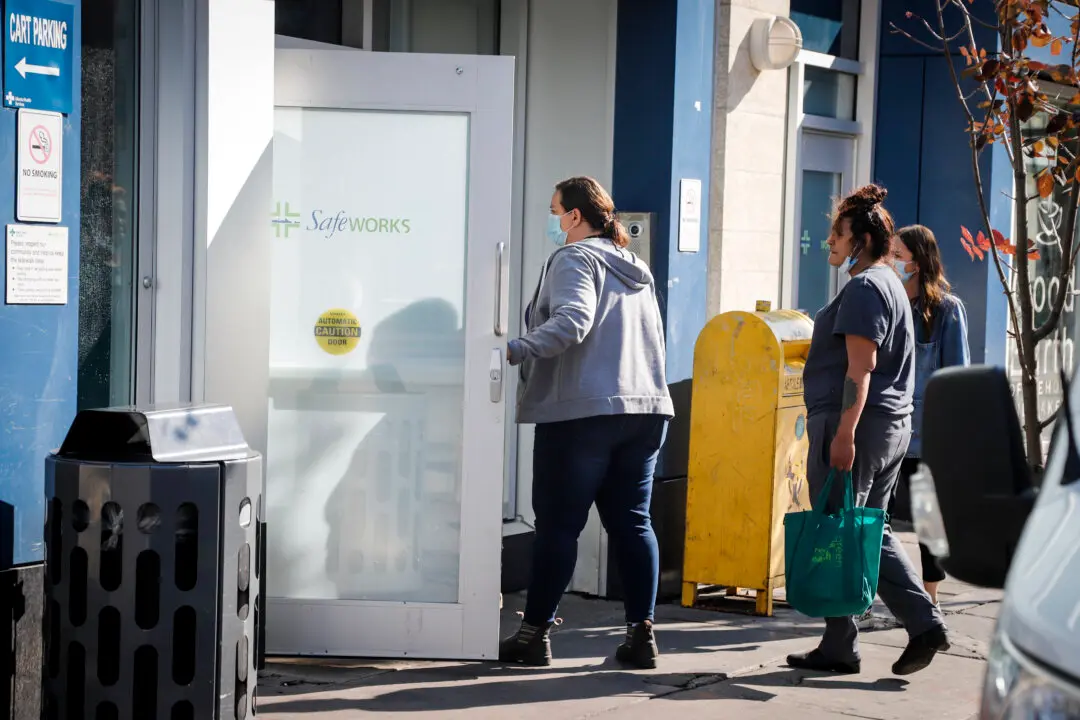About 4 million Canadians were living below the poverty line in 2023, as the number continued to rise for three consecutive years, according to recent data released by Statistics Canada.
The Canadian Income Survey 2023 published on May 1 measured income among various Canadian households for that year, including single parents and seniors.





